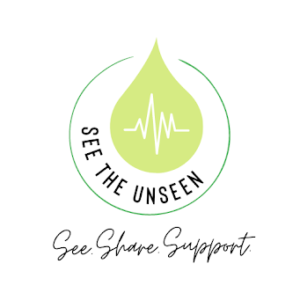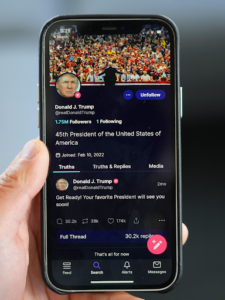Usually marginalized, “real women,” or women who don’t look like supermodels, tend to resent the images presented to them in magazines and films, and rightfully so. Capitalizing on this dissatisfaction in their quest to raise sales, advertisers are now taking on the façade of inclusivity, and in doing so further marginalize the women they appear to represent.
Supermodels make up a small percentage of the population, but nonetheless constitute “real women.” The new “curvy” idealism is obviously a response to “thin-privilege,” but also an advertising ploy used to fool women into believing in a revolution that frankly does not exist.
Purporting to be morally superior to other beauty brands, Dove is praised for its previous “Campaign for Real Beauty.” While these recognizable commercials appear to be harmless, albeit seemingly progressive, let’s consider the facts. Selling skin-firming creams and deodorant to make armpits more attractive, Dove is just another beauty brand monster with a different face. Dove plays on the insecurities of real women under the guise of being body positive, when in actuality the brand has very specific requirements for their “diverse,” “real women” models (refer to Craigslist advert from 2010), selling traditional beauty products for women’s “flaws” like ugly armpits, cellulite, and stretch marks. (Just to clarify, Dove is a brand of Unilever, which also promotes the sexist ads for Axe body spray and markets skin lightening creams to Asian women).
For women dealing with self-esteem issues, the website MyBodyGallery.com lets users find pictures of women depending on a specifiable height and weight range in the search feature. According to the website, the goal is to provide “an accurate reflection of what real women look like,” citing random statistics regarding women’s body issues. I searched for pictures within 20 pounds of my own weight (plus 10 and minus 10), and scrolled through five pages before realizing I was simply evaluating myself based on a ridiculous scale, and I left the site feeling worse for succumbing to the comparison game, not empowered with a more “accurate reflection” of my own body.
From Internet memes pitting Victoria’s Secret models against Dove models (“when did this… become better than this…?”) to popular commercials, the “real women” trend is detrimental not only to those whom the movement marginalizes; it creates another unnecessary fixation on women’s bodies, dividing women based on physical attributes.
It’s not “curvy” vs. “anorexic,” or “fake” models vs. “real” women: it’s the media controlling our aesthetic ideals. A skinny model does not necessarily have an eating disorder, and a size 16 is not always over-weight. Size 00 is just as valid as size 18.
Self-acceptance does not require marginalizing a certain group. Focusing on women’s bodies only perpetuates society’s tendency to see flaws where they don’t exist and ignore individuals who don’t represent certain ideals – ideals that benefit absolutely no one.
Aimee Williams n is a junior at Oklahoma Christian University













Be First to Comment